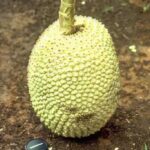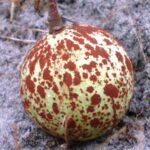Sourplums, which belong to the Olacacea family, comprise two species: the Blue Sourplum (Ximenia americana) and the Great Sourplum (Ximenia caffra).
Blue Sourplum

The Blue Sourplum is naturally distributed in semi-tropical and tropical countries worldwide, as shown on the map. However, its growth is limited to specific ecological zones within each country, which provide the appropriate conditions for thriving. For example, although the map shows Australia, Ximenia americana is only found naturally in Queensland. This species can also be cultivated in other countries that offer suitable conditions beyond those shown on the map.
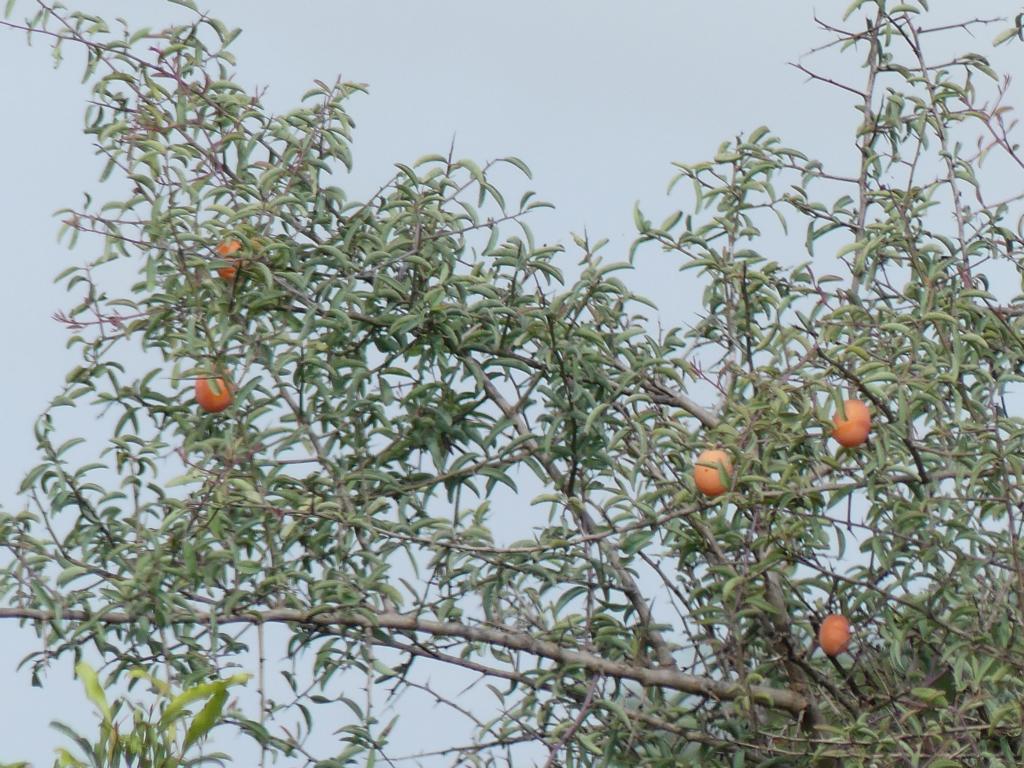
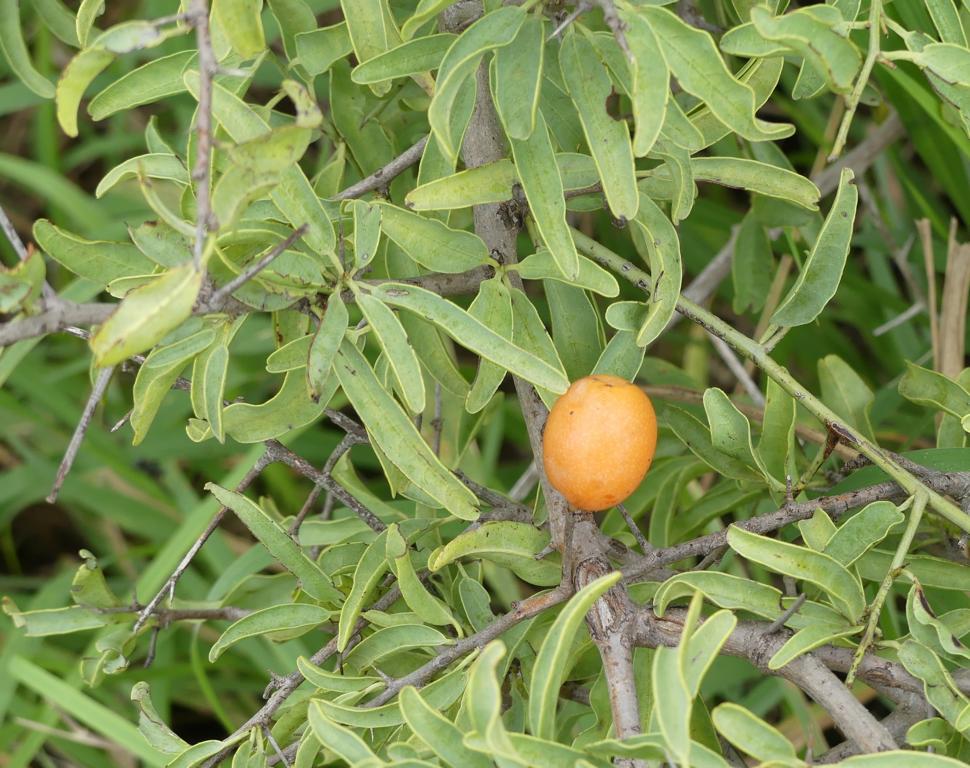
In addition to having a significantly different distribution range, Blue Sourplum trees are smaller than Ximenia caffra trees. Furthermore, there is a variation of the Blue Sourplum species (var. microphylla) with leaves of varying sizes and colors. More information about the fruits and nuts of both species will be discussed below.
Great Sourplum

The Great Sourplum (Ximenia caffra) occurs exclusively in Eastern and Southern Africa. The tree typically reaches a height of about 6 meters. Due to its untidy appearance, thorny twigs, and leaves resembling those of the Red Bushwillow (Combretum apiculatum) it can be identified. Ximenia caffra flowers are present at the end of the dry season, and fruits develop from December to March in Southern Africa. However, flowering and fruiting times may vary from region to region within its distribution range.
.
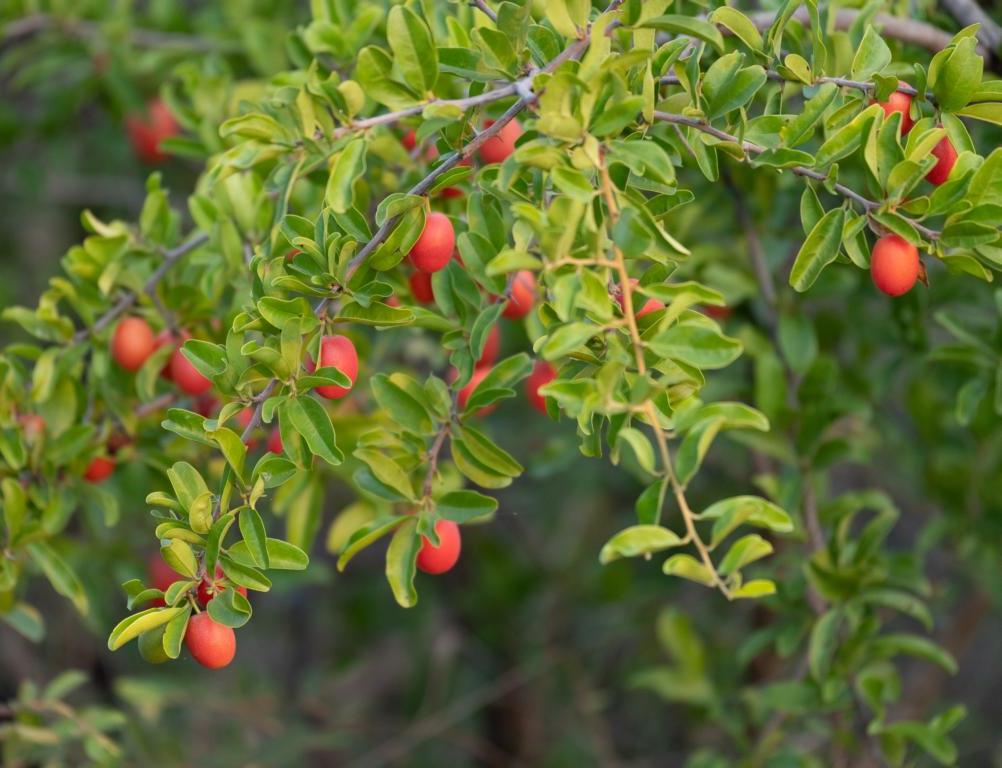

The orange-reddish fruits of Ximenia sp. consist of a leathery outer skin (pericarp), a tightly clinging fruit flesh (mesocarp), and a nut with a seed (endocarp). Ximenia caffra is similar to Ximenia americana, and both species will be discussed together.
Uses of Ximenia sp. fruits
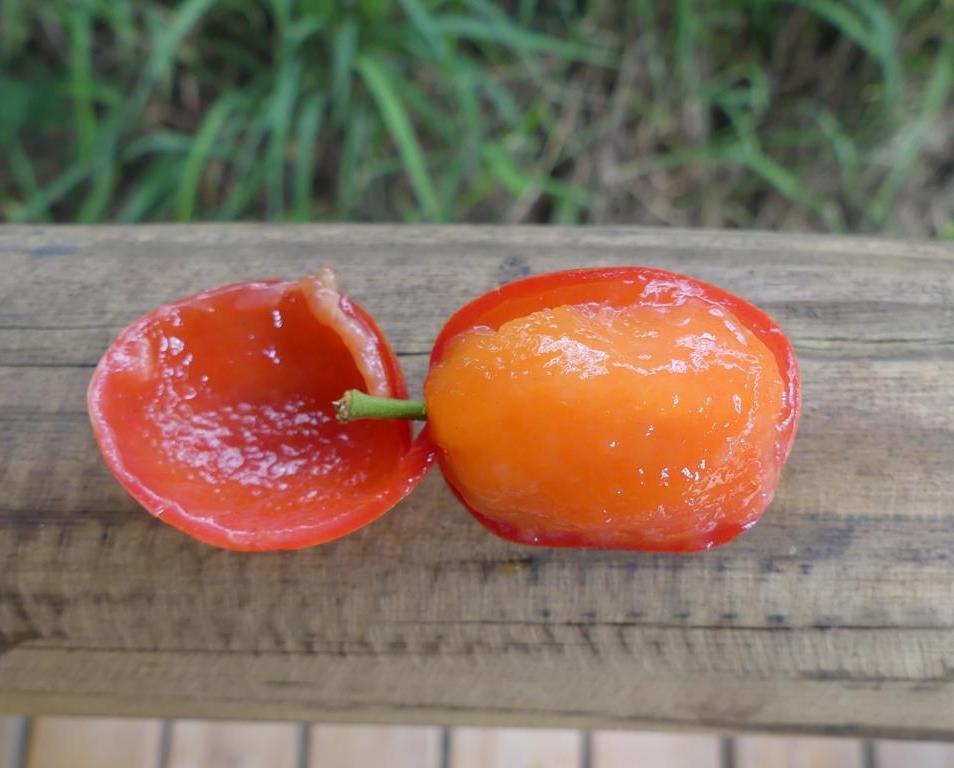
The thick, bitter outer skin of the sourplum fruit is typically not eaten. Instead, the fruit is often consumed raw by biting open the skin and sucking out the sweet, then sour, fruit flesh and juices. The closer the fruit flesh is to the kernel, the tarter it becomes, and the nut and attached fruit flesh are usually spat out afterward.
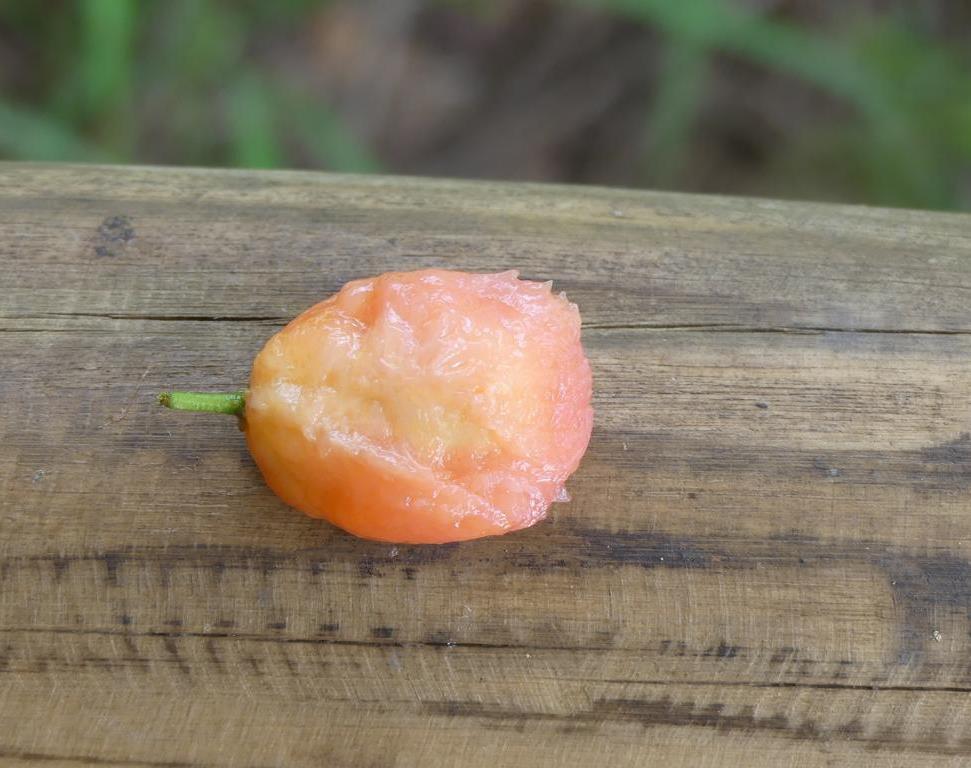
In various regions, the fruit juice of sourplums is used to prepare refreshingly sour drinks, and in others, these fruit juices will be fermented, and a kind of cider will be produced. The Zulu will boil the fruit juice and mix it with a sorghum meal to make a sour-tasting porridge. In other areas, it is put into cold water to soak, and then the skin and seed are removed by pressing. The remaining pulp is then mixed with pounded tubers to create a porridge. And jam made from overripe sourplums tastes and smells very much like commonly known plum jam. Pedi people especially liked to dry these sourplum fruits for long storage and subsequent use in porridges.
Uses of Ximenia sp. nuts
When cleaned, the nuts have a smooth, rounded shell on one side and an elongated shell on the other, both of which are light brown in color. The shell is relatively thin but hard, and in wild Ximenia caffra nuts, the thickness of the shell is about 10% of the seed thickness, according to measurements.
The nuts of sourplums have an oil content of between 60% – 65% and are delicious. Oil can be extracted by squashing, boiling, or cold pressing; the resulting oil is sticky and nearly gluey. European settlers and Voortrekkers in South Africa used this oil to lubricate their rifles and axle bearings in their wagons. The oil also made leather supple again and was an ideal moisturizer for the skin in dry environments.
Nutritional value and medical properties
According to a study by J.D. Kalenga Saka and J.D. Msonthi (available here), ripe Ximenia sp. fruits have a high vitamin C content of 27%. Their protein content is around 18%, and they are rich in potassium. Additionally, 100g of nut seeds contain an energy value of 1509 KJ or 360 kcal.
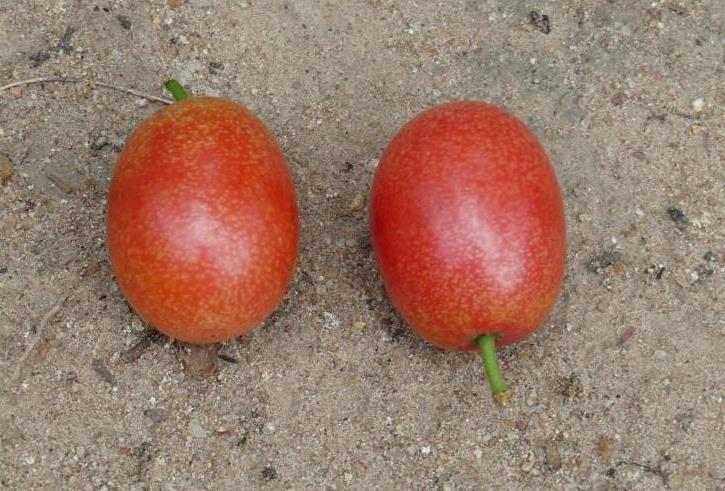
The sourplum tree is also known for its medicinal properties and is used to treat various medical conditions. However, as I am not a medical doctor or pharmacist, I will refrain from commenting.
Lessons learned from Sourplum species:
- Blue Sourplums (Ximenia americana) are distributed throughout areas without temperatures below freezing.
- Great Sourplums (Ximenia caffra) are found only in Eastern and Southern Africa.
- Both Sourplum species have a thin layer of delicious, sweet-and-sour mesocarp. This can be eaten raw, used to make jams and juices, or dried for later use.
- The kernels of both species contain about 65% oil, which is used for lubrication and moisturizing.
- The mesocarp (fruit flesh) contains about 25% Vitamin C. The seed in the kernel has an energy value of 1506 kJ or 360 kcal per 100 grams.
.



